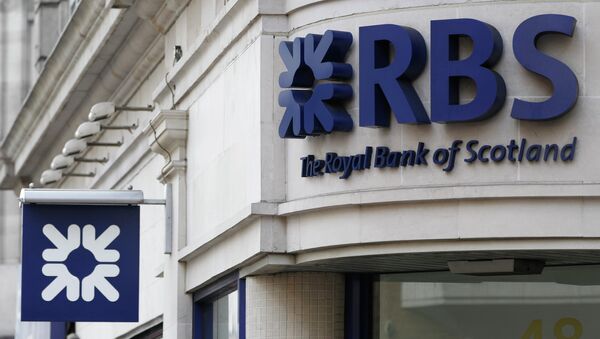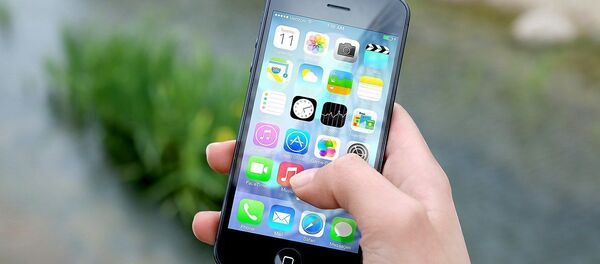Head of Data Science Research Group at the University of Kent, Dr Palaniappan Ramaswamy, explained how these new cards work.
Sputnik: How do biometric bank cards work?
Dr Palaniappan Ramaswamy: This technology is not new. It's very similar to the fingerprint scanner that's on the phone [used] to unlock it. So, how these technologies actually work on the card is that there is a scanner on the card, and the user places the finger on it. The scanned card is then matched to the stored fingerprint to authenticate the user.
Sputnik: With the introduction of contactless payments and the testing of biometric bank cards, are we most likely, in the future, to drop pin codes altogether?
READ MORE: SM Mining Data for Facial Recognition AI: Submit Button Means Surrender — Author
Although there is the issue of possible fraud: research has shown that it's quite easy to lift fingerprints from surfaces, for example, a glass that we touch, and print it out using high-quality printers; and we can use this to get through the system.
Sputnik: RBS is currently collaborating with digital security company Gemalto. The UK managing director the firm, Howard Berg, told the BBC that using a fingerprint rather than a PIN code when authorising transactions has plenty of advantages, including speed, convenience and enhanced security. But will our transactions as well as biometric data be really safer than they are now?
The views expressed in this article are solely those of Dr Palaniappan Ramaswamy and do not necessarily reflect the official position of Sputnik.



